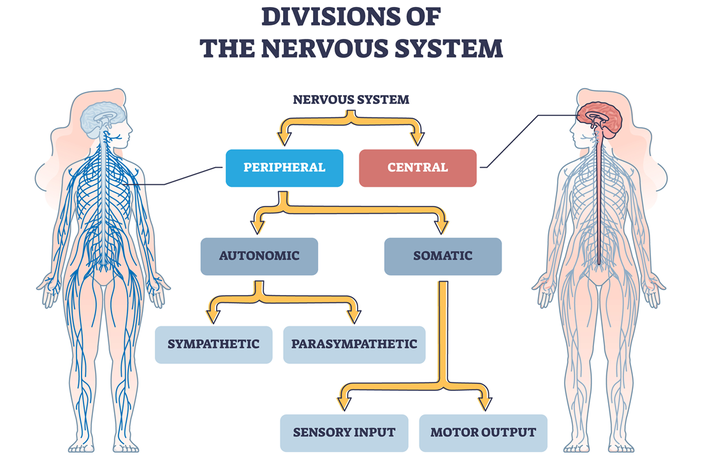
Highlighting Differences in Working with the Autonomic Nervous System Versus the Voluntary Nervous System
Anne Isaacs, MSW, LCSW
Founder and Director of BodynamicUSA
Certified Bodynamic Analyst and Trainer
This course will not include CEs. Our upcoming recorded live events will be available here free for members and non-members who register for them, as is the case here. Members and event registrants can use their discount code to watch this event free.
In this webinar we are going to focus on differences in working with the autonomic nervous system (ANS) and the voluntary nervous system (VNS). We will look at what derails both systems, and how the repair for each differ. We will address why to use one or the other, and how they complement but do not replace each other. We will do this by focusing on something impacted both in trauma and developmental disruptions - which is the ability to set limits and a complementary skill of pulling in and holding close.
Many of the issues people bring to therapy are the result of developmental disruptions. These disruptions do not happen in a dramatic way, but result from the daily drip, drip, of mis-attuned connection with our caretakers. These effect the motor, mental and psychological abilities coming on line for the child at that time. They are imprinted in the voluntary nervous system, in the elasticity of psychologically related muscles, and in the corresponding implicit understanding in the mind.
The Main Points of This Workshop:
- Differences between working with the Autonomic nervous system versus the Voluntary nervous system
- Imprints of relational support and disruptions, the “drip, drip, drip” effect of ongoing interactions, are imprinted in the muscles relating to developmental movements and psychological abilities emerging at that time.
- The abilities and ruptures of the developmental stages appear in the unconscious behavior of adults, and can be directly accessed using developmental movements when working on a specific issue
- By learning how to use your body to set limits, related to a present-day issue, we can bring forth the needed abilities that were either undeveloped and given up (a kind of parasympathetic state), or held back (a sympathetic response).
- Once someone can set limits, it becomes easier to take in and hold others close. This is another developmental imprint held in your muscles
- Supporting these new competencies by affirmatively relating to the themes, emotions, feeling and memories from this earlier time, create a new relational experience
- Case presentations: from both trauma and developmental ruptures. Learning the differences how they complement but do not replace each other.
- EXPERIENTIAL WORK you can teach your clients
Participants will learn:
- Understanding the difference between working with the Autonomic nervous system (ANS) and the Voluntary nervous system (VNS)
- Learn the advantages of working with the VNS
- Learn the difference between body imprints of giving up, a hypo response and holding back, a hyper response, in developmental disruption
- Learn specific somatic ways on setting limits and being able to take in and hold close, and what gets in the way of these basic skills
- Understand how these skills are impacted both in trauma and developmental disruptions, and how using the VNS can prepare someone to more easily process the ANS responses.
Agenda
- Welcome
- USABP Announcements
- Presentation, Demo & Experiential
- Q & A
- Overtime discussion (after the event formally concludes)
Bibliography
Fosha, D. (2000). The transforming power of affect. New York, NY: Best Books.
MacNaughton, I. (2004). Body, breath, and consciousness. Berkeley, CA: North Atlantic Books.
Marcher, L., and Fich, S. (2010). Body encyclopedia. Berkeley, CA: North Atlantic Books.
Bentzen, M., Bernhardt, P., Isaacs, J. (1995 -1997). Waking the body-ego – Parts 1-4. Journal of Energy and Character, Vols. 26-28.
Rothschild, B. (2017). The body remembers: Volume 2. New York, NY: North Atlantic Books.
Porges, S. (2018) Polyvagal theory in therapy. New York, NY: W. W. Norton & Co.
Selvan, R. (2022) The Practice of Embodying Emotions: A Guide for Improving Cognitive, Emotional, and Behavioral Outcomes. Berkeley, CA: North Atlantic Books
Brantbjerg, M. (2020) Widening the Map of Hypo-states: a methodology to modify muscular hypo-response and support regulation of autonomic nervous system regulation, Copenhagen, Denmark. Body, Movement and Dance in Psychotherapy https://doi.org/10.1080/17432979.2019.1699604
